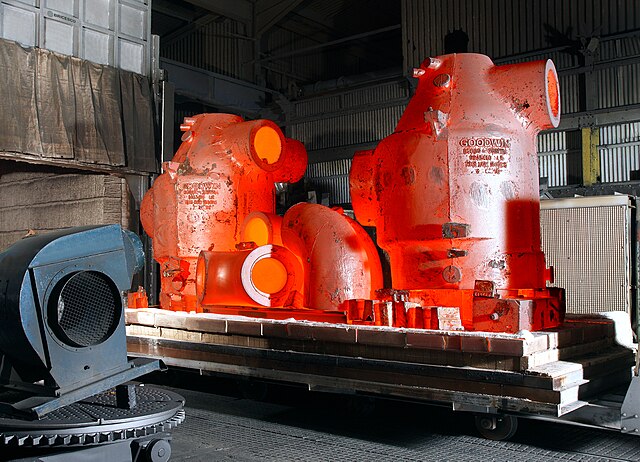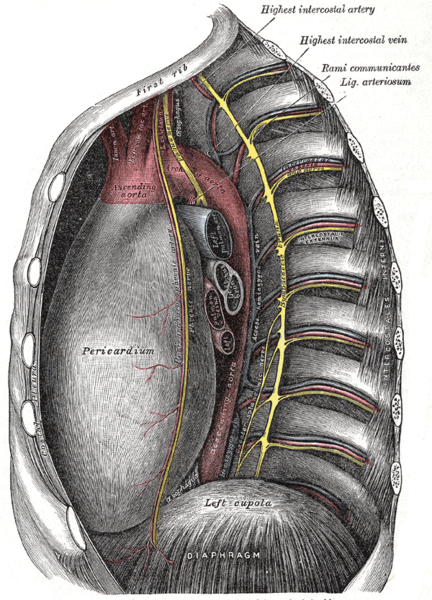We just learned that the North American Cordillera is a group of five different mountainous areas in North America.
The first area is called the Pacific Coast Belt.
This belt contains four mountain ranges: The Southern Alaska ranges, the Western System of Canada, the Pacific Border Province in contiguous U.S. and the Western mountain ranges of Mexico.

(from: wikipedia - Pacific Coast Ranges)
Kid Facts - Blast from the past: Caspian Sea






